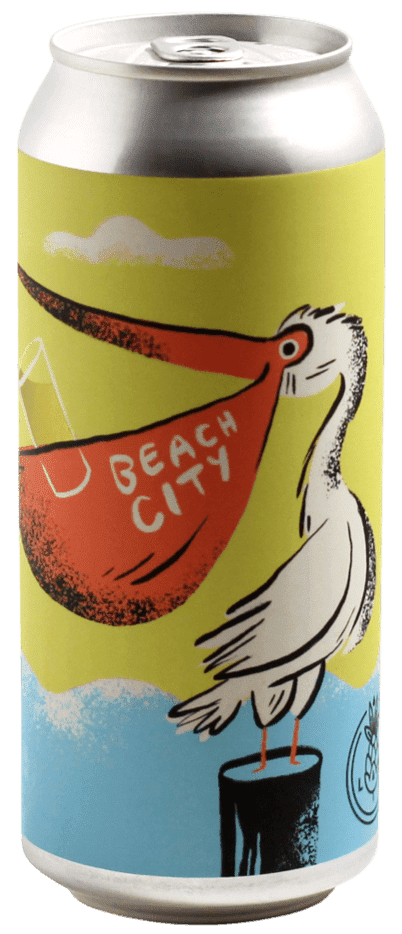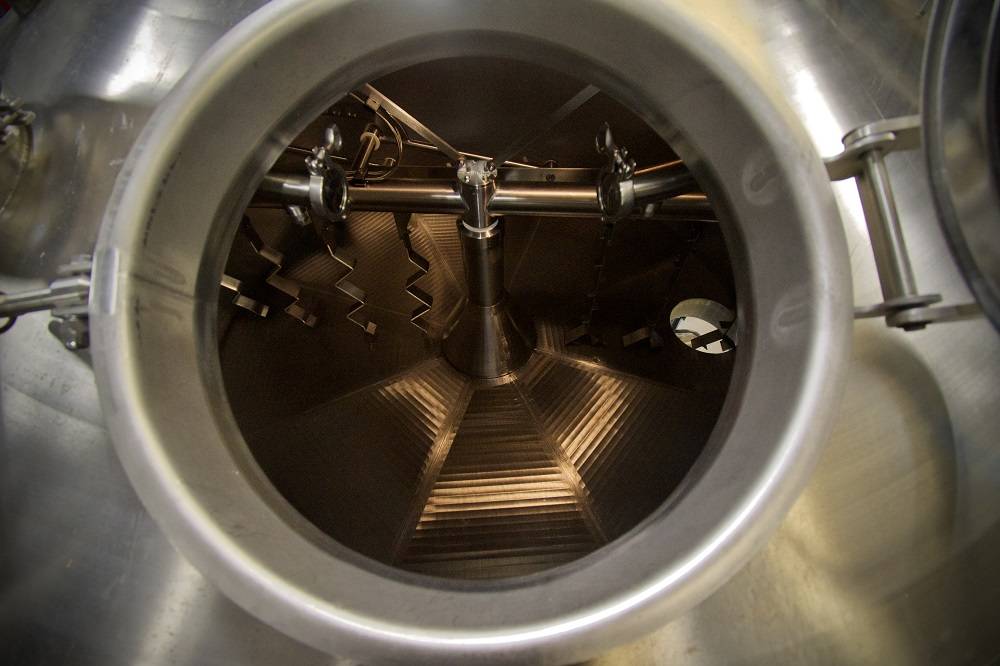
PILSNER
BEACH CITY
Pilsner beer was first brewed in 1842, when a brewmaster in Pilsen, Bohemia, created the world’s first golden-colored beer with yeast smuggled from Munich by a Bohemian monk. One hundred and eighty years later, we’re adding our own chapter to the pilsner story. And while we’re not relying on yeast-smuggling monks, we have witnessed our pilsner being smuggled onto the beaches of Hilton Head Island.
ABV 4.5% | IBU 31.2
FLAVOR PROFILE
Crisp, snappy, floral hops.
AVAILABILITY
16-ounce cans, growlers, and on tap.
INGREDIENTS
MALT
90% pilsner malt, 10% 2 secret ingredients.
HOPS
German Perle, German Tettnang.
YEAST
House Lager.
TASTING NOTES

HISTORY
Grolle used the smuggled Munich yeast to ferment a pale-colored malt he had developed from the maltsters of Great Britain. What resulted was a truly golden beer that was unlike anything brewers had ever seen. Until then, most beers had a dark color because of a different malting process, and this new golden pilsner took the brewing world by storm. Soon, German brewers scrambled to imitate Grolle’s pilsner.
The pilsner that Grolle created was nothing short of beautiful. It was delicate, yet sharp, with plenty of flavor and aroma. The cold fermentation made the beer clear and bright, and the high carbonation, developed by months of aging, formed a white pillowy head on top of the golden liquid. It wasn’t long before Grolle’s golden pilsner broke through the borders of Bohemia and swept across Europe.
Josef Grolle brewery, then known as Plzensky Prazdroj, still exists. Today, it is called Pilsner Urquell.
FOOD PAIRINGS
VIEW OUR FEATURED BEERS


PILSNER
BEACH CITY
Pilsner beer was first brewed in 1842, when a brewmaster in Pilsen, Bohemia, created the world’s first golden-colored beer with yeast smuggled from Munich by a Bohemian monk. One hundred and eighty years later, we’re adding our own chapter to the pilsner story. And while we’re not relying on yeast-smuggling monks, we have witnessed our pilsner being smuggled onto the beaches of Hilton Head Island.
ABV 4.5% | IBU 31.2
FLAVOR PROFILE
Crisp, snappy, floral hops.
AVAILABILITY
16-ounce cans, growlers, and on tap.
INGREDIENTS
MALT
90% pilsner malt, 10% 2 secret ingredients.
HOPS
German Perle, German Tettnang.
YEAST
House Lager.
TASTING NOTES
A puffy and creamy texture with moderately high carbonation gives this pilsner its blend of softness and balance. Extremely clean and smooth with a light-straw color.
IN THE GLASS

HISTORY
Most people consider pilsner a German-style beer, but its roots are in Bohemia, which is now located in the westernmost region of the Czech Republic. In 1842, a Bavarian monk smuggled bottom-fermenting lager yeast from Germany and gave it to Josef Grolle, a Bavarian-born brewer in Pilsen, Bohemia.
Grolle used the smuggled Munich yeast to ferment a pale-colored malt he had developed from the maltsters of Great Britain. What resulted was a truly golden beer that was unlike anything brewers had ever seen. Until then, most beers had a dark color because of a different malting process, and this new golden pilsner took the brewing world by storm. Soon, German brewers scrambled to imitate Grolle’s pilsner.
The pilsner that Grolle created was nothing short of beautiful. It was delicate, yet sharp, with plenty of flavor and aroma. The cold fermentation made the beer clear and bright, and the high carbonation, developed by months of aging, formed a white pillowy head on top of the golden liquid. It wasn’t long before Grolle’s golden pilsner broke through the borders of Bohemia and swept across Europe.
Josef Grolle brewery, then known as Plzensky Prazdroj, still exists. Today, it is called Pilsner Urquell.
FOOD PAIRINGS
The bright bitterness of a pilsner contrasts the sweetness of seafood meat, while aromas of lemon grass and pepper from the hops add a spicy complement. Other excellent pairing options include seared scallops, grilled shrimp flatbread, and fish tacos.
VIEW OUR FEATURED BEERS

GET TAPPED IN
Subscribe to our cool newsletter.




